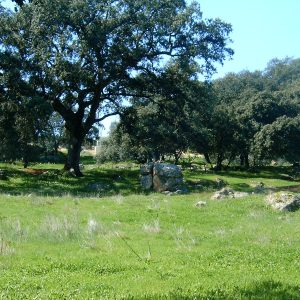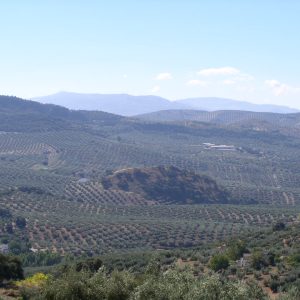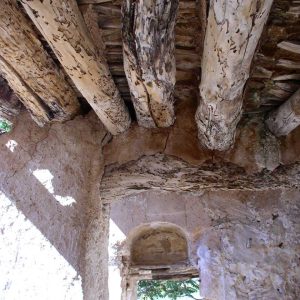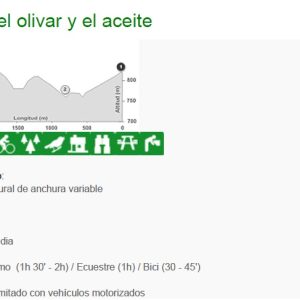This route begins on a road that connects with the N-321, in the section that joins “Algarinejo” with the small town of “La Viña”, to gently descend to the area of “El Molinillo”, located in an area with meadows old, hundred-year-old holm oaks, cattle troughs and farmhouses among olive groves.
After crossing “El Arroyo de La Viña” it ascends towards the “Cortijo de Cuenca” to later go to the source and trough of “Cuenca-Doña Juana”.
The itinerary ends about 700 m later, with a practically flat section, when it joins Route 5 (Ruta del Pastoreo), in the direction of the Pesquera River, so it may be a good idea to continue the route.
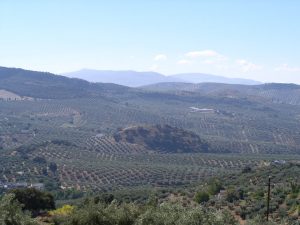
environmental
It is an abrupt and mountainous itinerary, especially in its final section, with variations in altitude during its route, where we cross different environmental units, from the limestone foothills of the “Sierra de las Chanzas”, the alluvial plains of the “Arroyo La Viña” , to the southeastern foothills of the “Sierra de Chite”.
As in other tourist routes in the municipality, we will find an agricultural landscape of olive groves, where fortunately, groves of large holm oaks are still preserved in places such as the “Casas de la Viña” and the “Dehesa del Molinillo”. There are also tree masses linked to the riverbeds, such as the well-preserved formations of willows and poplars of the “Arroyo de La Viña”.
Fauna is scarce in this area of the municipality, partly due to the high anthropization of the environment and its use for extensive rainfed crops. However, it is not surprising that from time to time we obtain observations of mammals such as the Weasel and the Common Fox, reptiles such as the Bastard Snake and the Water Snake, and birds such as the conspicuous Dartford or the abundant Common Kestrel.
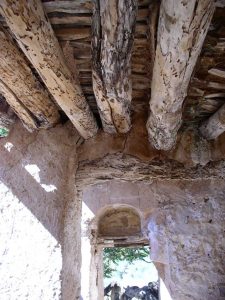
Cultural
The route presents large masses of very mature olive groves dominated by the “picual” variety that offers an oil that can be considered among the highest quality in the Mediterranean basin. The beginnings of the olive grove as the predominant crop would begin during Roman times in the area of “La Viña Cuenca -Doña Juana”, expanding during the Andalusian phase in flat areas of the valley and foothills. Cultivation extends above all from the 18th century at the cost of deforestation of the masses of holm oaks and gall oaks that populated most of the municipality.
Before the modern factories or oil mills, it was extracted by grinding with stone rollers moved by donkeys, to later be the mass pressed and separate the oil from the alpechín (liquid residue).
The alternation of old olive groves and relict holm oak pastures gives an approximate image of the Algarinejo landscape prior to the current monoculture of olive groves. Enclaves such as the “Fuente de Cuenca”, the “Dehesa de El Molinillo”, the “Arroyo de La Viña” or the “Cortijos de Cuenca” and “Doña Juana” represent a unique set of local landscapes.

